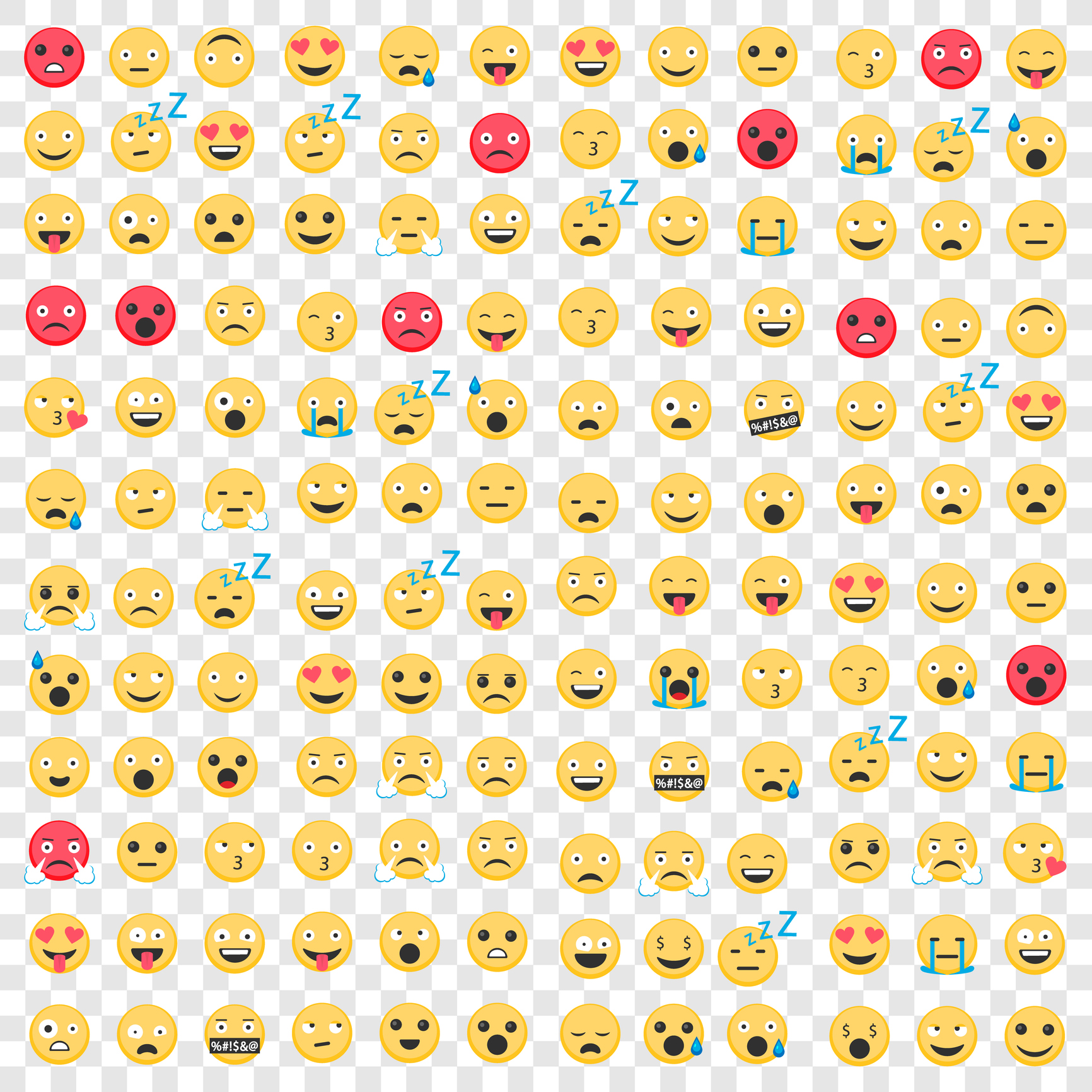

The Importance of Language in Organizational Transformation
Issue 157, April 25, 2024
Think about this for a moment. The English language we speak is referred to as Modern English dating back to 1450. It‘s related to the emergence of the printing press and was adopted through the expanded volume of printed materials including Shakespeare in the late 1500s and the King James Bible in 1611 (study.com). That was over 570 years ago. If you’re following us here, it might dawn on you to ask: How can a language that old possibly describe, accommodate, and explain technology and all its ramifications as well the problems, situations, and environments we now find ourselves in?
We are by no means linguists, but we worry about how ordinary people can comprehend the complexities of concepts including coding, quantum computing, random access memory, asynchronous programming language, binary electrical signals, crypto, blockchain, and qubits. How do we explain what those terms even mean? How do we articulate concepts and ultimately the meaningful language to understand, let alone converse about one or any of them? What are the mental images we “see” when we “hear?”
The scientists will tell you the language of technology is mathematics. It is a language of logic reduced to cause and effect. But that makes for a difficult conversation among friends, particularly when mathematics feels “Greek” to many. The point of this is a concern that has been on our minds. How can we ever appreciate the tech breakthroughs and emerging digital developments with a language that is over half a millennium old?
Shared Language
Why are we focusing on language this week? Our abilities to effectively communicate, describe, and understand in a high-tech infused and tech-dependent marketplace is critically important to managing and transforming an organization as we adapt and change. We are co-dependent on communication for just about everything and anything. With our spouse, partners, family, friends, and co-workers, we alternate between the roles of the sender as we seek to communicate and converse or receiver, where we are listening and attempting to understand and comprehend what is being shared with us. As we often write, there is very little shared experience among individuals and groups that informs how what is said is heard and understood. Our beliefs, values, where we come from and our own vocabularies influence what we say and what we hear. As such, gaining mutual agreement and context on facts for collaborative problem-solving can be a significant challenge that compromises success. Without a shared language, it can lead to the wrong problem being solved and a myriad of other likely unintended consequences.
Collective Understanding
Consider the criticality of language in an organization’s ability to make collective decisions or how an energic leader seeks to communicate new strategies. Team members and the workforce could glaze over, experiencing confusion as they seek to determine the meaning and relevance of the language that is not understood. And worse, a workforce can become defensive as they experience anxiety based on their lack of understanding. They may also be perceived as having shortcomings.
Those real feelings and thoughts as a result of gaps of understanding may lead many organizations to less than stellar results if they can’t master the shared language of communication. Consider our newsletter from last year on paralysis by analysis. Often, it isn’t the actual decision or necessity to change direction that is the challenge, it is the lack of a shared understanding that creates paralysis across one or many.
To return to the theme of this newsletter, in many ways, our language falls short as we apply meaning or value to a new term or concept. And that can result in getting stuck and confused. How do we linguistically navigate this new landscape of infusion of new, often abstract terms and concepts?
A Retrospective
First, let’s take a step back in time. Philosophers, linguists, and social scientists have studied language extensively. One of the most renowned is philosopher Ludwig Wittgenstein who worked in the 1940s. Deconstructed by Alain de Botton, “Wittgenstein’s view of how we manage to communicate ideas to each other – which was revolutionary for his times – is that language works by triggering pictures in our minds of how things are in the world. Words enable us to make these pictures and people are constantly swapping pictures with each other when they communicate. Problems arise when we are not clear of what things mean in our own heads, which is why self-understanding is essential, or when we read more meaning into words than was originally intended.”
The essence of Wittgenstein’s thesis is directly applicable to the problem at hand. How many of us are clear in our heads about the explicit meanings and understandings of technology?
More recently Noam Chomsky who is a professor of linguistics at the University of Arizona is an expert on the study of language and the mind. His work has influenced the fields of cognitive science, philosophy, psychology, computer science, mathematics, childhood education, and anthropology. UA describes his work as, “revolutionizing the linguistics field by introducing the Chomsky hierarchy, generative grammar (describes a language in terms of a set of logical rules formulated to generate the infinite number of possible sentences of that language and provide them with the correct structural description) and the concept of a universal grammar, which underlies all human speech and is based in the innate structure of the mind/brain. “Applications of his work can be found in everyday life. He formulated the algorithm context-free grammar, which is part of most computer programming languages, as well as programs that appear to understand language, such as Siri.” (Wiki)
Language and Tech: Ongoing Evolution
Digital anthropologist Giles Crouch writes that our language around digital technologies and how we see ourselves is changing. “Instead of putting animal or gender descriptions to technologies, we are starting to put technology descriptions and labels onto ourselves — both individually and societally.” For example, we use computer terms such as multitasking to describe behavior. When we don’t understand something, we say it doesn’t compute. We perform life hacks.
Crouch explains that we aren’t quite sure yet how and where we want digital tools to play a role in our cultures and societies. In context of the topic du jour, AI, he argues that it will “augment our cognitive lives, altering our realities. Which is perhaps, more impactful than technologies that augment us physically, like a car or a hammer.” He adds that “Evolution in language and its influence on our sociocultural systems is compromising the way we develop relationships with digital technologies.”
Language of the Future
Every generation reinvents language. Core to this next-gen motivation is a tribal affinity to develop coded vocabularies that exclude and alienate adults. In fact, their language in many cases has become a string of symbols (think emoji) eliminating the written word altogether. Over 1000 words are added to the English dictionary every year. Babbel states that 7,000 languages are estimated to become extinct by 2115. It also reports that “technology has changed communication over the years and across generations. And that trend is no doubt going to continue. In fact, a recent study reveals that young people believe hologram technology will be a future communication method in less than 30 years.”
As we know, holograms image multidimensional objects. Third Eye reports “Holograms are used in a wide range of applications, from entertainment and art to security and data storage. They are commonly used to create 3D images and special effects in movies and video games, and they are also used in medical imaging, where they can provide doctors with a more detailed view of the human body.”
So how does that become a communications language? “Holographic telepresence enables two or more people to communicate with each other in a way that appears as if they are in the same room, even if they are located in different parts of the world. Holographic images of the participants are projected into a physical space, allowing them to interact with each other as if they were physically present.”
We may still use a 500-year-old language, but the conversation will be virtual. Business meetings will be more inclusive with hologram employees (these are not avatars, but rather images of real people in real time). We’ll go to concerts without leaving home. Educators will create holographic imagery to explain complex concepts in the sciences. Advertising will appear before our eyes where we are; sci-fi Bladerunner comes to life.
Creating a New Language
The ultimate solution for any organization is not necessarily to default to high-tech disintermediating systems or tools. The excitement and novelty of holograms aside, we still need a shared language to communicate effectively. One practical solution is to ask questions, not make assumptions. If you don’t know or it’s not clear, it is not a character flaw to ask for clarification.
A great example is the typical tech company presentation of its solutions. The in-the-weeds, insider language of tech is both alienating and confusing. Although it sounds simplistic, explain it so your grandmother (or better yet, great-grandmother) can understand it. We have to make the best of our 570-year-old language to bridge the gaps between tech and ordinary life. It’s a creative exercise. But at the core, it depends on the assurance that the shared language we use is well understood and relevant. This is especially core to an organization in the throes of digital transformation to connect the tech teams with management and the workforce. It’s a brave new world out there; act with caution and care.
Get “The Truth about Transformation”
 The 2040 construct to change and transformation. What’s the biggest reason organizations fail? They don’t honor, respect, and acknowledge the human factor. We have compiled a playbook for organizations of all sizes to consider all the elements that comprise change and we have included some provocative case studies that illustrate how transformation can quickly derail.
The 2040 construct to change and transformation. What’s the biggest reason organizations fail? They don’t honor, respect, and acknowledge the human factor. We have compiled a playbook for organizations of all sizes to consider all the elements that comprise change and we have included some provocative case studies that illustrate how transformation can quickly derail.

